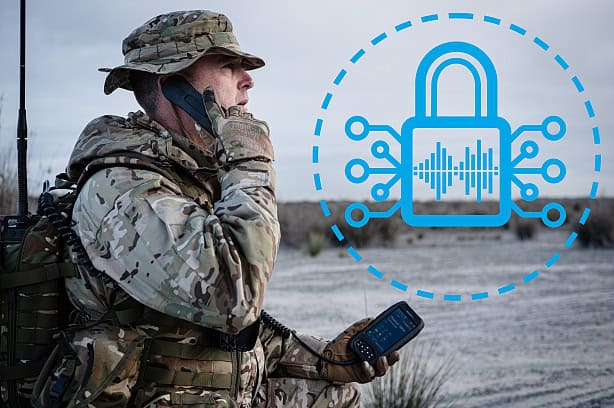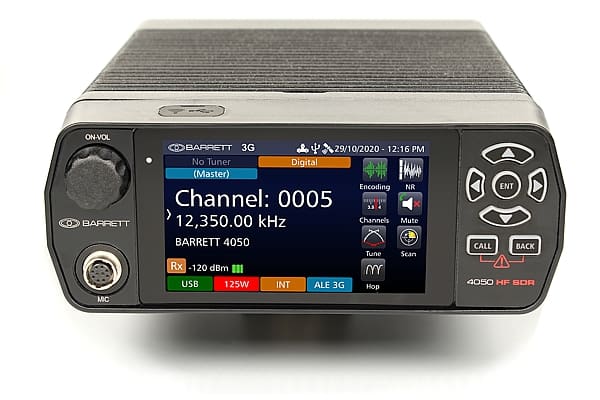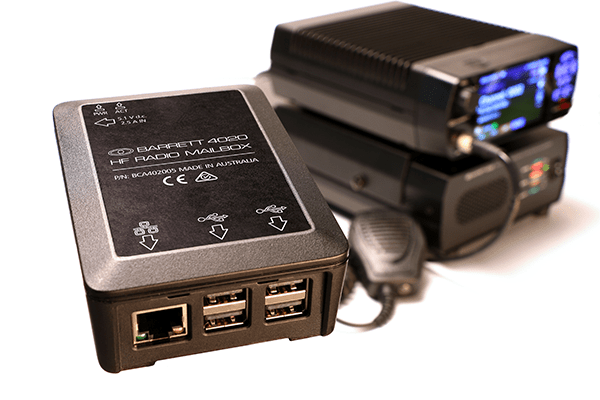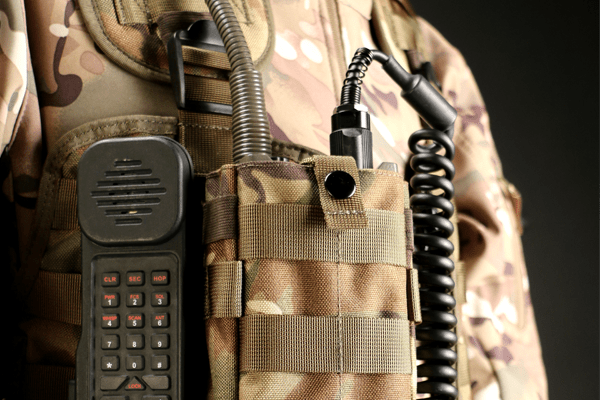The difference between commercial and tactical radio equipment
The difference between commercial and tactical radio equipment
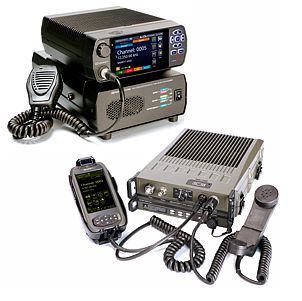
Understanding how they’re different helps ensure you get the right communication gear for the jobs, environments, terrain and conditions that you face.
If you’re an active duty member of the military, part of a police or fire department, or involved in humanitarian efforts in remote areas for example communication is critical to your job. Maintaining constant contact with your team is imperative. Commercial and tactical radio equipment ensures that vital contacts are a simple call away. Even if you’re not a “techie” who enjoys the intricacies of advanced technology, your main concerns are that these systems are simple and that they work. And they do.
Despite this, it’s important to know the nuances that make commercial and tactical radio equipment distinctive. Understanding how they differ helps ensure that you get the right communication gear for the jobs, environments, terrain and conditions that you face.
In what ways are tactical and commercial radio equipment different?
There’s no question that commercial HF and tactical-grade radios and equipment are a lot alike. When you look at the specifications of a PRC-4090 HF SDR transceiver and cross-check them against the 4050 HF SDR, you’ll find overlapping descriptions and features. These include IP network connectivity, advanced calling features, automatic capabilities and integrated GPS functionality for better emergency and positional call accuracy.
What makes them independent from each other is that they’re purpose-built to align with the needs and the environment of the professional using them. For example, commercial HF radio equipment is ideal for a wide variety of professional uses and so is designed predominantly for static base and commercial and recreational, on and off road vehicle use. Tactical radio equipment, however, is built to military specifications for shock, immersion, ingress protection and vibration. Examples are active duty service members and certain law enforcement agencies. In these lines of work, tactical radio equipment must be able to endure the most extreme of conditions so they’re reliable, flexible and resilient.
Commercial HF radios too are well built and flexible especially in terms of their software-defined architecture. It’s the degree to which they’re capable of withstanding the unexpected that makes tactical distinct from commercial. That’s because tactical equipment has been ruggedised for shock absorption while maintaining its portability and lightweight characteristics.
There are a few more differences between commercial HF and tactical, and if you’re looking for the best that any supplier has to offer, see Barrett Communications, For more information on any of our products, contact us today.

